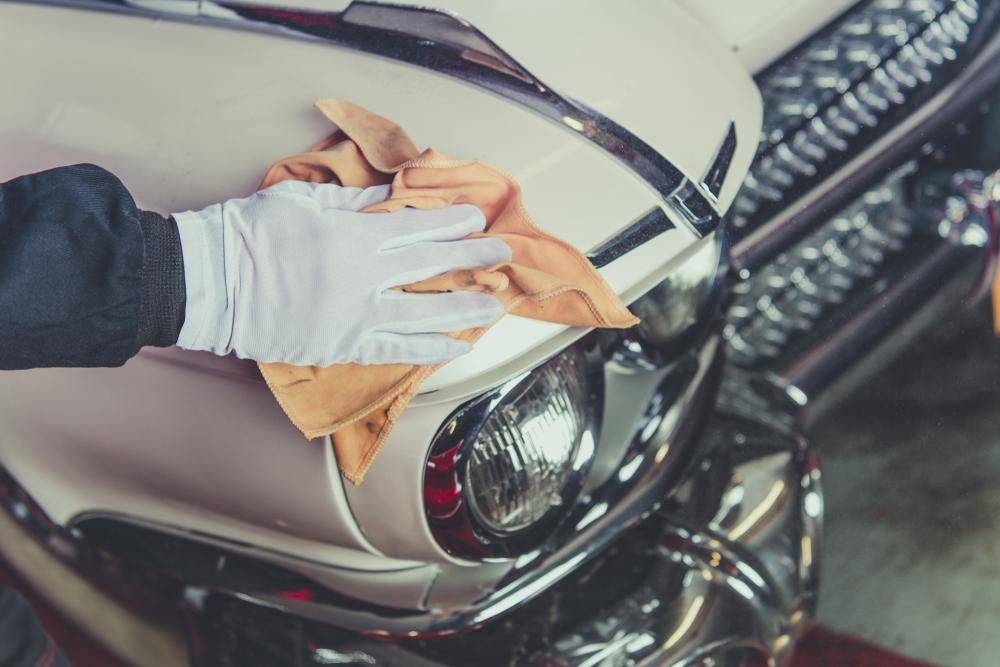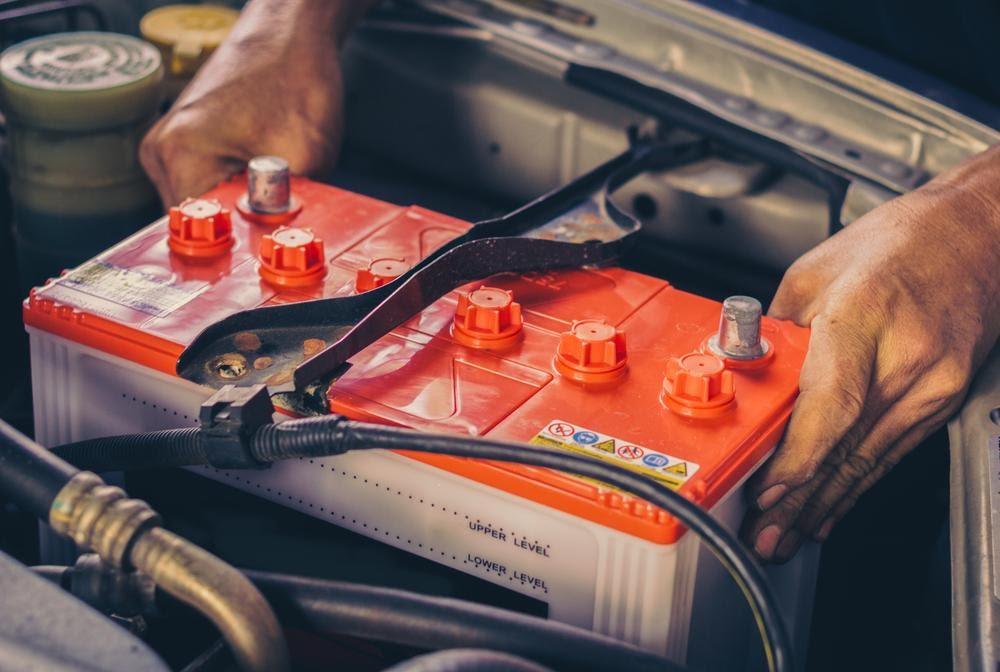Many car enthusiasts are proud to own more than one vehicle. If vehicles are something you’re passionate about, it is very satisfying to have a car dedicated to special drives and occasional use. While they may not be used very often, the second or third car is often your preferred vehicle, and they come in handy when your main wheels are in the shop.
The downside of owning more than one vehicle is the need for maintenance. Although all cars need regular care and maintenance to run well, they are particularly susceptible to damage when they’re not in use. It’s important to take the time to look after all your vehicles, especially if you keep them in storage or only drive them occasionally. If you’re struggling to stay on top of your duties as an owner of multiple vehicles, here are some tips on how you can maintain more than one vehicle at a time.
Keep Them Fueled Up
When a vehicle isn’t in use, keep the fuel tank at least half full. There are several important reasons for this. If there are large empty sections of your gas tank, condensation can build up inside, leading to corrosion. Condensation can also spread in the fuel lines, causing them to freeze during cold temperatures. A lack of fuel in the tank can affect how the engine functions, causing the fuel pump to overheat and contributing to wear and tear on the engine.
However, some potential issues can arise from keeping fuel in your vehicle for extended periods. If some of your vehicles spend three months or more without being driven, your fuel can degrade. This can cause damage to internal engine components and lead to build-up and blockages.
There are some solutions to this issue. If you’re spending time away or know you won’t be driving one of your vehicles for three to six months, fill the tank with ethanol-free gasoline. This fuel has a longer storage life, meaning you can leave a car idle for longer. You may also add a fuel stabilizer, further extending the longevity of the fuel without degradation.
Cover the Vehicle When It’s Not in Use
If possible, keep your cars in a sheltered area when they are parked. However, for more comprehensive safeguards, consider using car covers. A car cover can give your vehicle an extra layer of protection from the elements. It helps prevent damage from wind, rain, cold, heat, and debris, and it deters criminals from targeting your vehicle. Invest in quality all-weather car covers for each of your vehicles and ensure that they are covered up when they’re not in use.
When choosing a car cover, ensuring a snug fit is one of the most important factors. The cover must fit securely around the vehicle, preventing moisture from gathering and air from flowing beneath it. A build-up of moisture can damage the paintwork and cause rust. If air flows through the cover, it could blow it off and away from the vehicle.
Cleanliness Is Key
If you own multiple vehicles, it’s difficult to remember to clean them all regularly. However, cleanliness is crucial to maintaining the condition of your cars. While depreciation occurs naturally with vehicles, dirt, grime, and salt can speed up the process significantly.
Neglecting to wash and protect your vehicle’s exterior can damage the paintwork and erode the metal components. While paintwork is typically quite affordable to repair, structural damage to your vehicle’s metal features can be costly.
Dirt, bacteria, or leftover trash can also attract unwanted rodents or critters from rummaging or nesting in a car. Perform comprehensive cleaning and use an odour repellent if you won’t be using a vehicle very often.
Maintain Optimal Tire Pressure
It’s important to prevent your car from sitting with deflated tires for long periods. Flat tires can become permanently deformed or damaged if they aren’t inflated adequately. Regularly check the pressure levels and making adjustments is the most effective maintenance approach. While some people elevate the vehicle to protect the tires, this can damage the suspension.
Inflation and deflation are most likely to occur when air temperature fluctuates. The summer and winter months are most important when maintaining tire pressure. As a general rule, checking your tire pressure once or twice a month should be enough to notice any problems. Consult your vehicle’s owner manual or inside your car door to find the recommended PSI for each tire.
Take Care of the Batteries
A well-maintained battery can last up to five years while in storage. You should have no issues taking care of multiple car batteries if you know how to maintain them. If your maintenance issues are due to a lack of driving or leaving a vehicle in storage for long periods, it’s useful to recharge your battery fully before removing it. Store the battery in a safe and temperature-regulated place to prevent corrosion.
A low-voltage trickle charger is an excellent tool for maintaining the battery in a ready-to-drive state. Some trickle chargers can be attached to your battery indefinitely. However, others are recommended for a limited amount of time.
Drive Your Vehicle Regularly
The best maintenance tip for owning more than one vehicle is to drive them all regularly. Vehicles are designed to be driven. While wear-and-tear occurs through use, idle vehicles break down quickly.
When possible, take all your cars for frequent drives. If you don’t have time to take each one for a spin, starting the engines and leaving the cars running for a few minutes can help. A running vehicle pumps the essential fluids around the engine, preventing build-up and liquid pooling. It also keeps the battery fresh.
There is no exact amount of time that you should drive your vehicles, but once per week is an excellent guide. At the very least, take a short journey twice every month. Along with regular maintenance and preventative measures, driving your cars gives each of your vehicles the best chance at maintaining its condition and drivability in the long term.



